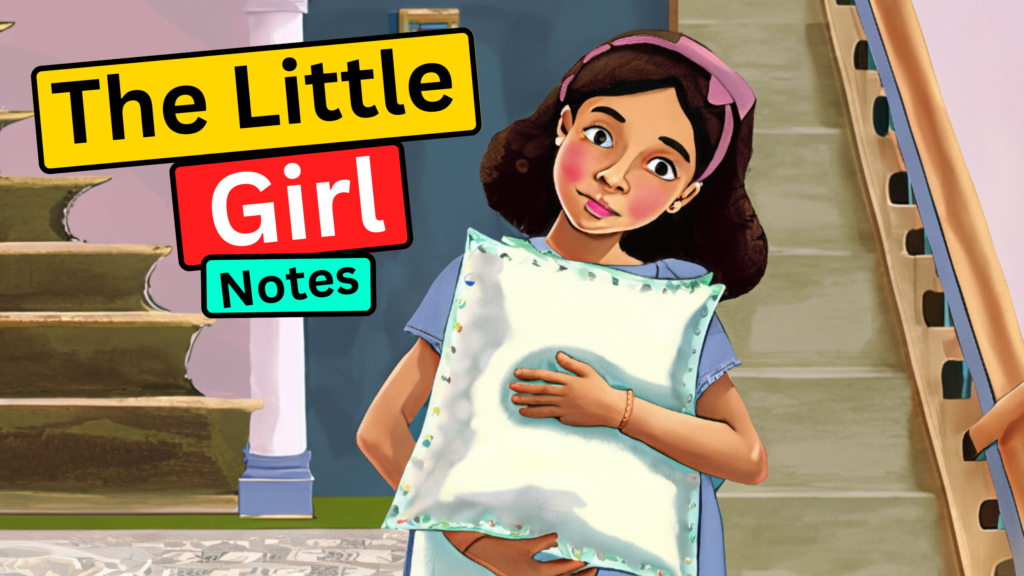Introduction
This chapter is an excerpt from APJ Abdul Kalam’s autobiography. Fire’s Wings. This chapter tells about how he grew up. In 2002, he became India’s eleventh President. Because he worked hard and was honest and dedicated, he became a world-class scientist. He talks about his house, his family, his friends, and his teachers in this chapter. It also talks about how he got his first job. During his childhood, he had to deal with religious bias, but with the help of some forward-thinking people, he was able to get past it. He became a great scientist because his father and science teacher encouraged him to work towards his goals.
Summary
Abdul Kalam was born in 1931 in the island town of Rameswaram in Madras to a middle-class Tamil family. His dad was named Jainulabdeen, and his mom was called Ashiamma. Three brothers and one sister were his siblings. His father didn’t have a lot of schooling, but he was very wise and kind. He wasn’t rich, but Kalam had a very safe childhood because of him. Every day, his mother fed a lot of poor people and strangers. The family lived in the house of their ancestors. On Rameswaram’s Mosque Street, there was a big pucca house made of limestone and brick. His father taught him to be honest and to be self-disciplined. His mother taught him to believe in goodness and to be kind.
When the Second World War started in 1939, Abdul Kalam was only eight years old.
At that time, there was a big need for tamarind seeds. Kalam used to collect these seeds and sell them at a grocery store to make enough money. Jallaluddin, Kalam’s brother-in-law, told him war stories that he later read in the newspaper Dinamani. Kalam’s first job was helping his cousin Samsuddin deliver newspapers in the city of Rameswaram.
Kalam grew up with three close friends. Ramanadha Sastry, Aravindan, and Sivaprakasan were their names. They all came from strict Hindu Brahmin families. The high priest of the Rameswaram temple was Ramanadha’s father. Later, he took over from his father as the priest of the Rameswaram temple. Aravindan got into the business of getting pilgrims from one place to another. Sivaprakasan went to work for the Southern Railwavs as a caterer.
Abdul Kalam was in the fifth grade at Rameswaram Elementary School when his class got a new teacher. In the front row, Abdul was sitting next to his close friend Ramanadha Sastry. The teacher would not let Kalam, a Muslim boy, sit with the son of a Hindu priest (Ramanadha). So, he told Kalam to go to the back of the room and sit down. This made both Kalam and Ramanadha feel very sad. When Kalam moved to the back row, Ramanadha began to cry. It left a big and lasting mark on Kalam’s mind. Later, Ramanadha’s father called the teacher and told him not to make the kids feel different from each other. The teacher felt bad about what he had done.
Sivasubramania Iyer, who taught science to Kalam, was a Brahmin from a high caste. She was very traditional. On the other hand, he was very open-minded and did everything he could to break down social barriers. He had Kalam over to his house for dinner one day. Kalam was a Muslim boy, and his wife wouldn’t serve him in her kitchen. So, Kalam’s teacher served him himself and sat down to eat with him. He once more asked Kalam to dinner the following weekend. Sivasubramania’s wife took Kalam into her kitchen the next time he went to his house.





